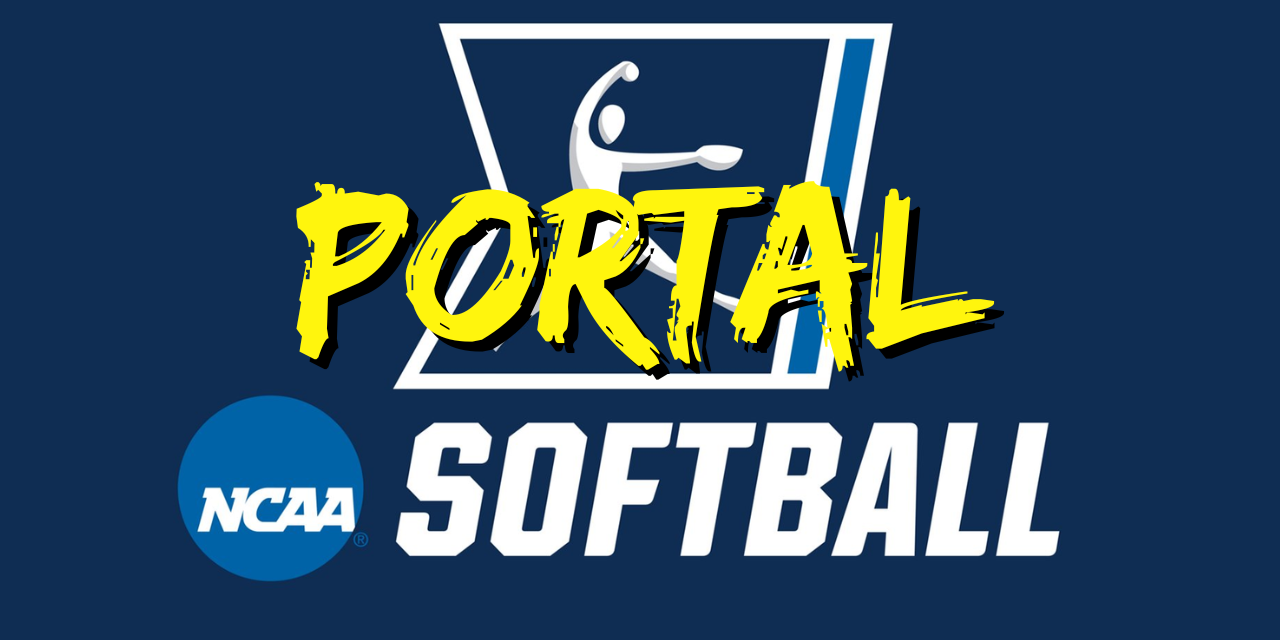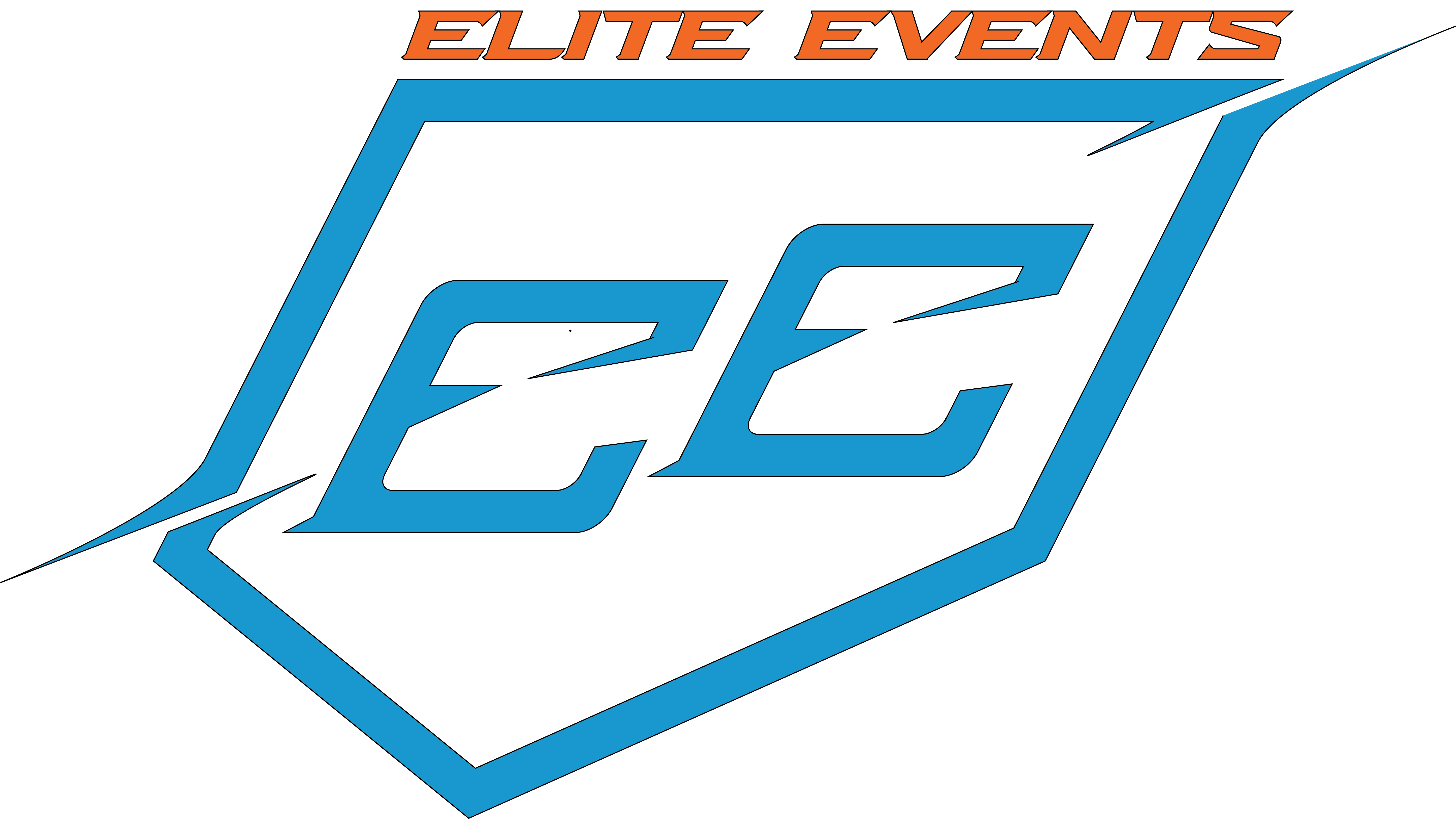Recently, we overheard a long-time travel coach speaking with a perennial top-15 coach of a major program. The quote that stood out and impacted us was, “How does it feel going from a college coach to a travel coach overnight?” That is precisely what happened, and the Transfer Portal, NIL, and now the ability for certain schools to pay players outright has changed the college game forever.
Before we dive too deep, consider the current landscape of travel softball. Players (parents) change teams more than a Kardashian changes shoes. Now, there are plenty of good reasons for players to change teams at both levels, which is a personal choice by the players and their parents. Reasons range from bad fits to parents thinking they can have a team and get better results. Sometimes, the player needs more competition or more advanced coaching. Whatever the reason, it has become far too easy to walk away. It has also become a game about the individual, not the team.
So, “What is the problem? It sounds like a great deal for the athlete”. Sure, for some. It could be worse for some athletes in the long term, but only time will tell. While offering increased flexibility and freedom for student-athletes, the NCAA Transfer Portal has also raised concerns about its impact on college athletics.
First, we are seeing a destabilization of Team Rosters. The ease with which athletes can transfer has led to increased player movement, making it difficult for coaches to maintain stable rosters. This constant flux can disrupt team chemistry, hinder long-term planning, and make it challenging to build a cohesive unit over multiple seasons. Coaches now have to continually recruit not only high school athletes but also their current players to prevent them from entering the portal. This double burden can strain resources and shift focus away from team development.
One area we have yet to see people paying attention to is the impact on player development. With the possibility of transferring readily available, some athletes may adopt a short-term focus, seeking immediate playing time rather than committing to a program for long-term development. This can hinder their overall growth as athletes and students. The portal may encourage a culture of quick fixes rather than perseverance. Athletes might be less inclined to work through challenges or compete for their spot on the team, opting instead to transfer to a program where they believe they’ll have an easier path to playing time. This is understandable, but does it impact that player’s overall development?
Of course, one of the most obvious consequences is the creation of even more of a competitive imbalance. The rich get richer, and the poor get… well, you know the rest. Established programs with strong reputations and resources often benefit more from the Transfer Portal, attracting top talent from smaller schools. This can lead to a concentration of talent in a few elite programs, exacerbating competitive imbalances within conferences and across the NCAA. Smaller or mid-major schools can suffer significantly as their top players transfer to more prominent programs. This weakens their athletic competitiveness and impacts their ability to draw fans and revenue, further widening the gap between larger and smaller programs.
The portal created a massive power shift. Athletes now have more control over their college careers and can transfer more easily without their current school’s permission. This empowerment allows players to seek better opportunities for playing time and fit with a coaching style or academic programs. The threat of entering the portal gives athletes leverage in negotiating with their current programs. They can push for more playing time, better support services, or improved facilities, knowing they can leave if their needs aren’t met. The portal also provides a platform for athletes to showcase their availability to a broader audience, increasing their chances of finding a better fit. This visibility can enhance their marketability and improve scholarship offers and NIL (Name, Image, Likeness) opportunities.
The NCAA Transfer Portal has done for college athletics what reality TV has done for culture: made it more dramatic, unpredictable, and occasionally absurd. Athletes now wield the kind of power previously reserved for the stars of the professional leagues. Coaches are left to juggle their recruitment strategies like circus performers, trying to keep their stars happy while scouting the portal for the next big thing. Meanwhile, powerhouse programs are the Yankees of college sports, snapping up all the talent and leaving the smaller schools wondering if they’ll ever get or keep their next big star.
So, whether you’re a fan of the chaos or longing for the good old days of stable rosters and slow-burn development, one thing’s for sure: college athletics will never be the same as it was. Tune in next season for the latest episode of “As the Transfer Portal Turns.” The landscape is changing; check back as we explore how the portal will impact recruiting.







